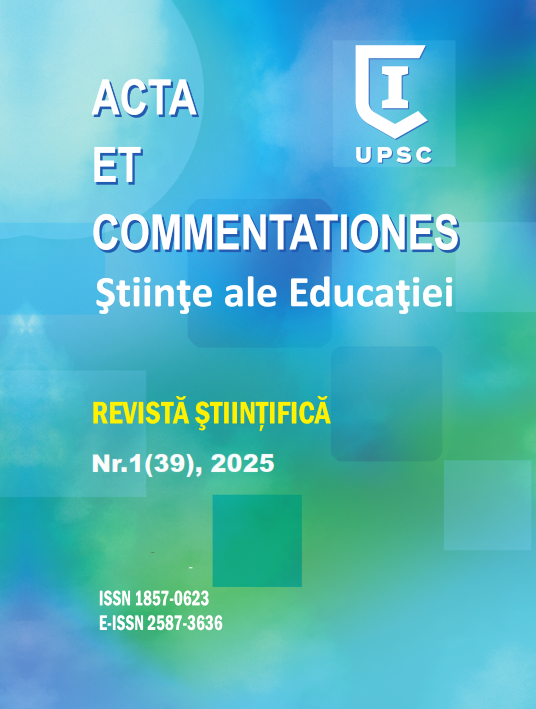Abstract
In contemporary education, interdisciplinary approaches are essential for developing students' competencies, and STEAM projects (Science, Technology, Engineering, Arts, and Mathematics) provide an innovative methodology in this regard. This article presents the ErgoHome model, a long-term educational project integrating multiple disciplines to design a sustainable, energy-efficient, and functional house. The paper describes the organization and implementation stages, the teaching strategies employed, and the assessment methods used to measure the project's impact on students' skills. Additionally, it examines the challenges and benefits of integrating STEAM into the curriculum, offering recommendations for optimizing its application in education.

This work is licensed under a Creative Commons Attribution-NonCommercial 4.0 International License.
